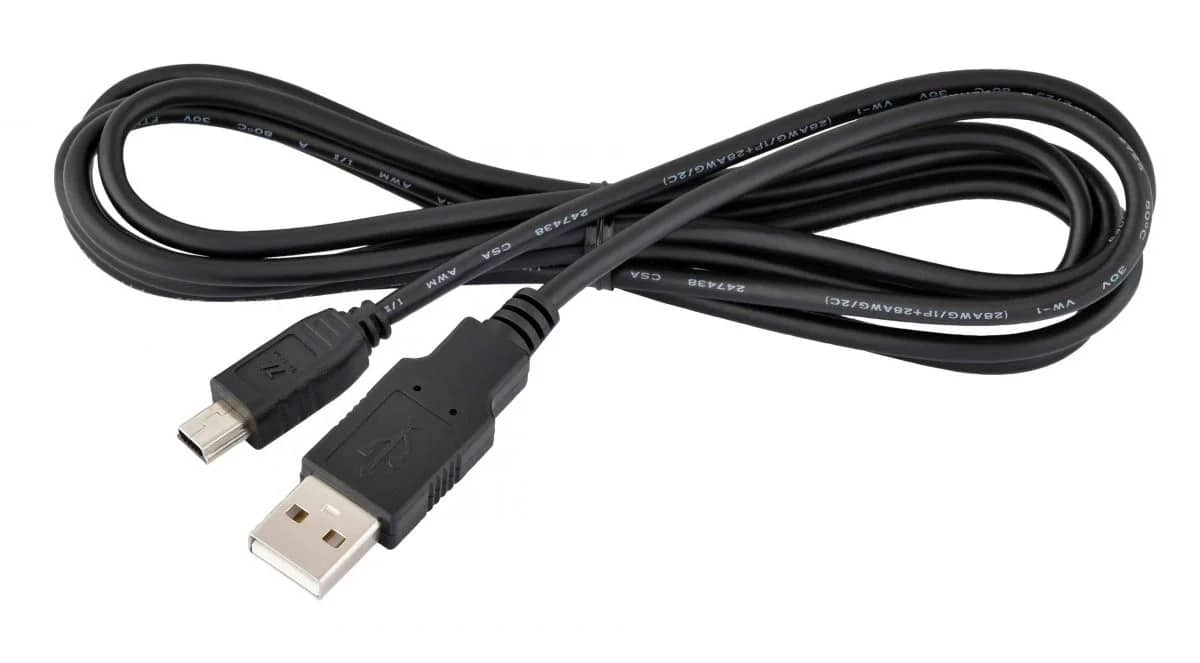If you happen to be like me, and you simply plug things into your PC’s USB ports without looking, then it might be a good idea to read this article. It is that despite the USB input being Universal (as the name implies – Universal Serial Bus), supporting all versions, the truth is that there are great differences between each generation of the standard.
What is the big difference between USB 2.0 and 3.0?
So I could write a huge text full of technical details for you to ignore. But the truth is that what really has to retain between USB 2.0 and USB 3.0, is the maximum data transfer speed. At the end of the cable, the USB 2.0 standard only allows you to reach 60 Mbps. While the latest 3.0 already allows for quite an interesting 640 Mbps.
That is, if you like to use USB sticks or external SSDs, it is always a good idea to connect to one of the ‘blue’ USB ports, since the normal ones will capture the transfer speed at a disappointing 60 Mbps. In fact, these speeds are theoretical, so, in practice, not even 50 Megs per second will be able to reach.
In short, all USB ports are not the same!
USB-C 4.0 will bring support for DisplayPort and 16K resolutions in 2024!
The technology does not stop! After all, whether we are talking about our smartphones, PCs, tablets or TVs, we have more and more processing power, screens with new technologies in order to further improve image quality, more memory, AI, etc… In fact, neither the USB port can stop evolving, so this train does not completely derail.
After all, according to CNET, the new USB-C 4.0 standard will hit the market as early as 2021! With some very interesting news, such as support for resolutions up to 16K, as well as the implementation of the DisplayPort 2.0 standard.

